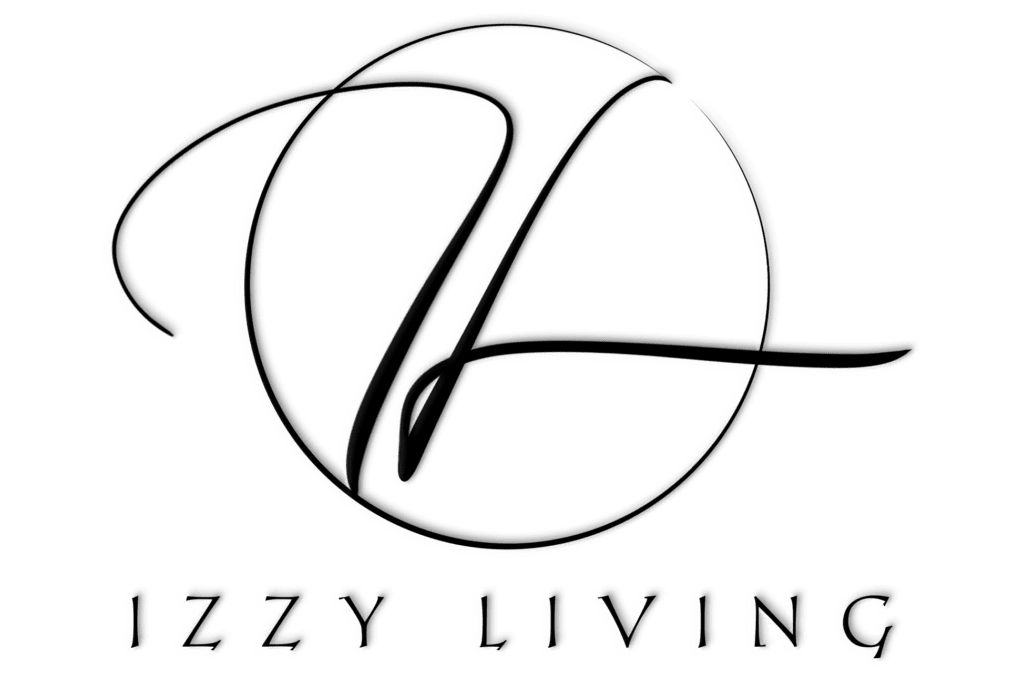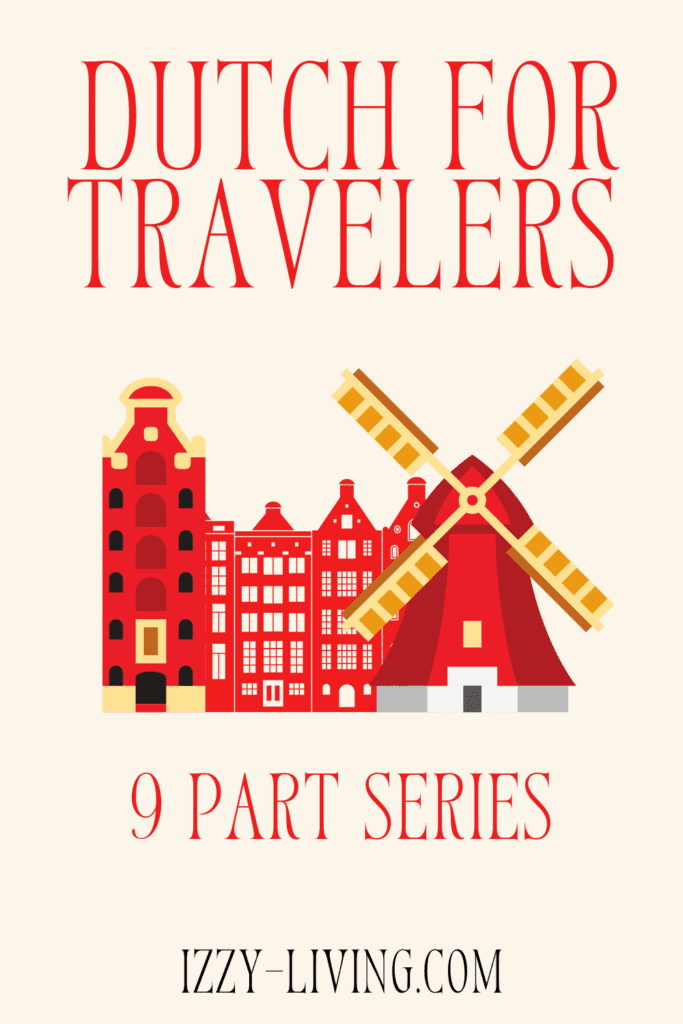
Traveling to a new place is hard when you don’t know the language. The best thing to do before arriving to a foreign country is to learn a few words and phrases.
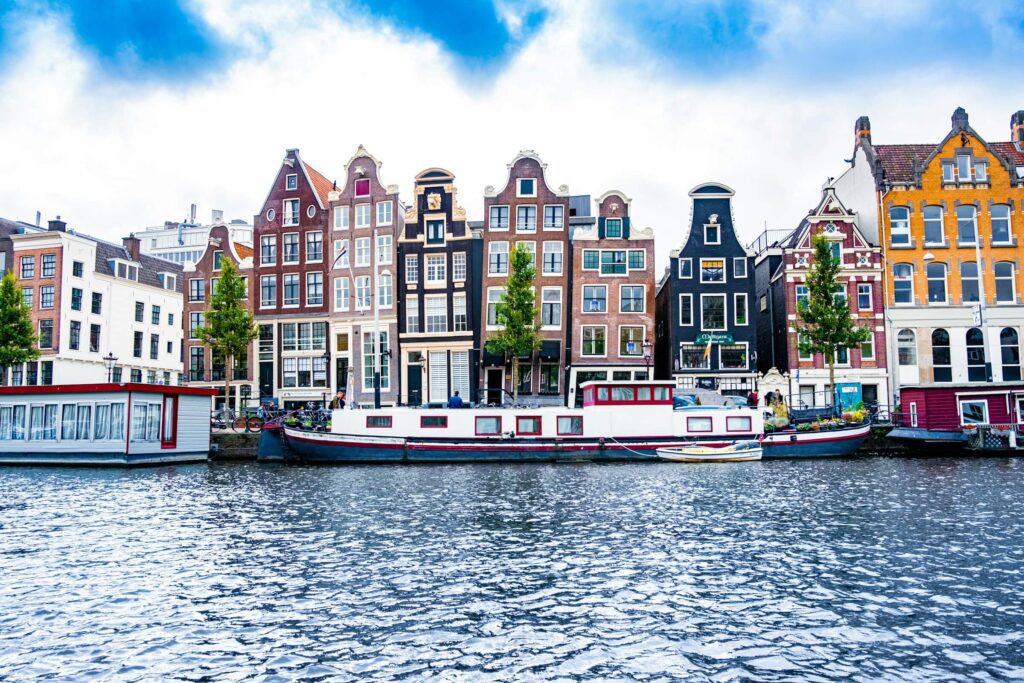
Dutch is the national language in the Netherlands, Belgium, Suriname in South America, and the Dutch Antilles. Dutch is not the easiest language to pronounce but speaking it will definitely impress the locals.
Language
Below are seven fascinating facts about the Dutch language.
- Dutch is the 56th most commonly spoken native language in the world. There are 22 million native speakers and about 6 million second language speakers.
- The dutch language is known for long compound words. For example, the longest Dutch word is “Kindercarnavalsoptochtvoorbereidingswerkzaamhedenplan,” which means “preparation activities plan for a children’s carnival procession”.
- After English and German, Dutch is the third most widely spoken germanic language. In regards to grammar and pronunciation, Dutch is said to be between English and German. Since Dutch is in the same family as English, it’s an easier language for English speakers to learn. The US Foreign Service Institute estimates between 600 to 750 classroom hours are needed to reach fluency in Dutch.
- Over 150,000 Americans speak dutch at home. Dutch is one of the top 15 languages in 3 states: Delaware, Indiana and Ohio.
- Martin Van Buren, the eighth President of the United States, spoke Dutch as his first language.
- There are a lot of cognates between Dutch and English. Cognates are words that sound very similar and have the same meaning. Some common cognates between English and Dutch are:
| English | Dutch |
| day | dag |
| water | water |
| apple | appel |
| two | twee |
| blue | blauw |
The Dutch alphabet uses 26 letters – five vowels and 21 consonants, the same as the English alphabet. Most of the consonant sounds are pronounced the same in Dutch as in English with the exception of the following:
- G is pronounced “ch” as in cherry
- J is pronounced “y” as in year
- V is pronounced “f” as in farm
- W is pronounced as a cross between an “w” and “v” sounds
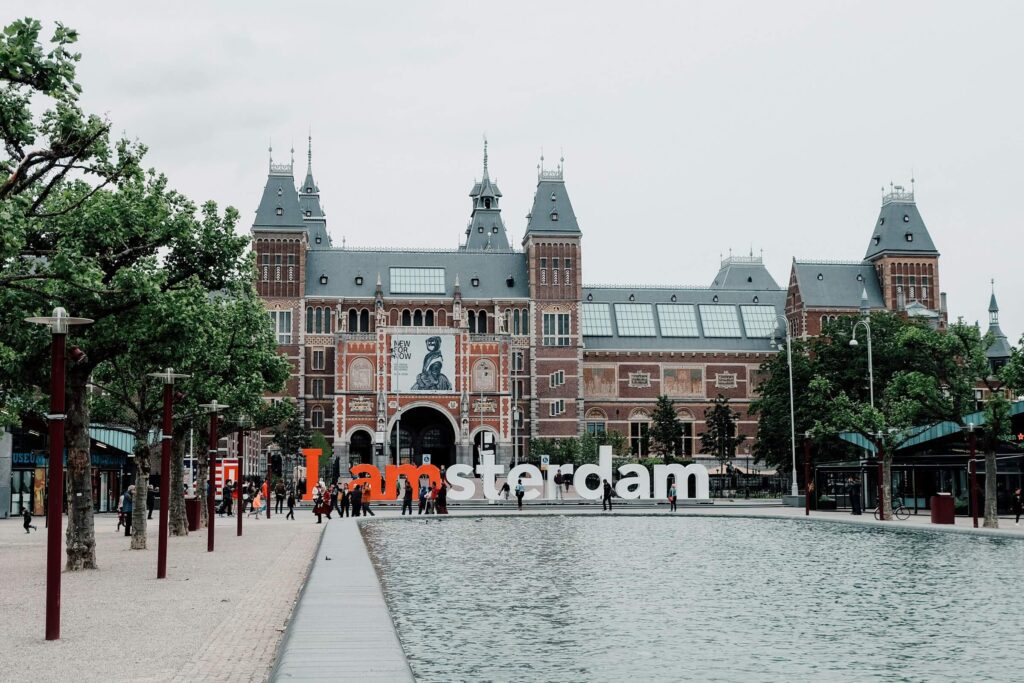
Below are examples for those who are ready to learn.
Dutch Words and Phrases
Hello – Hallo (formal) / Hoi (informal)
Goodbye – Vaarwel / Tot ziens
Bye – Doei
Cheers – Proost
Good morning – Goedemorgen
Good afternoon – Goedemiddag
Good evening – Goedenavond
How are you? – Hoe gaat het?
Please – Alsjeblieft
Thank you – Dankuwel (formal) / Dankjewel (informal)
You’re welcome – Graag gedaan
Yes/no – Ja/Nee
Airport – Luchthaven
Help! – Helpen!
I don’t speak Dutch – Ik spreek geen Nederlands
Do you speak English? – Spreekt u Engels?
Where is the bathroom? – Waar is het toilet?
One beer please – Een bier graag
Train station – Treinstation
How much is it? – Hoeveel is het?
I’m sorry – Mijn excuses
What time is it? – Hoe laat is het?
I’m allergic to ____ – Ik ben allergisch voor ____.
Yes/No – Ja / Nee
See you later – Tot ziens / Tot straks
Very good – Heel goed
Excuse me – Pardon / Excuseer mij
Bikes – Fiets
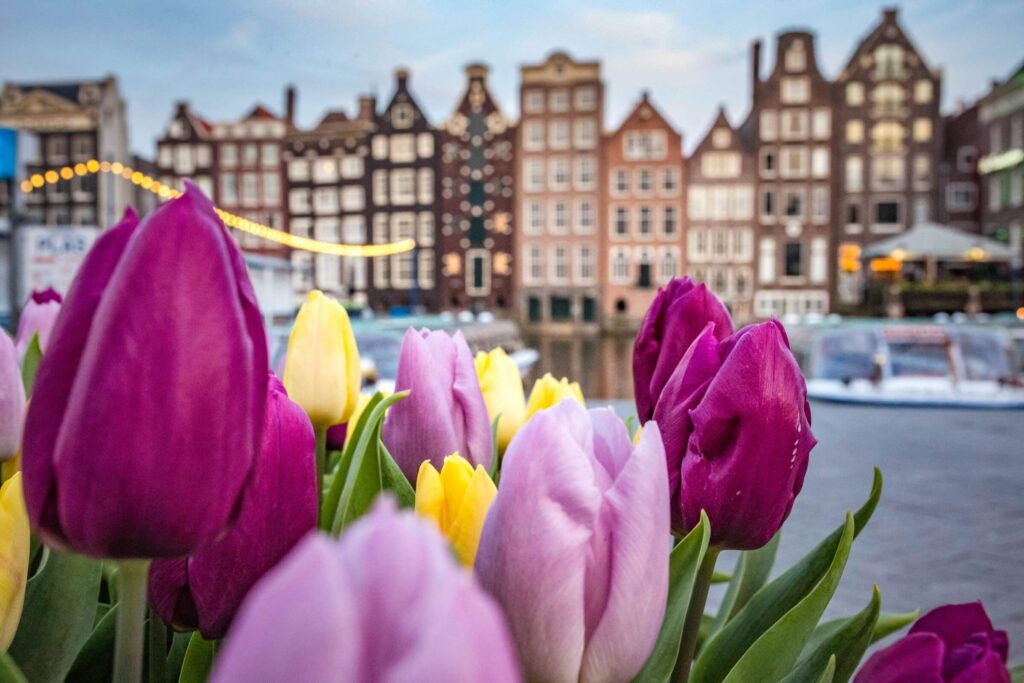
Wrap Up
Not to lessen the importance of manners, many Dutch people speak English very well. Therefore it is not a problem for English-speaking travelers to communicate with locals. Dutch people love to practice their English on English speakers. However, learning a few words and phrases is respectful and polite to your host country. Not to mention, Amsterdammers are very appreciative of the effort.
Until next time…
· izzy
